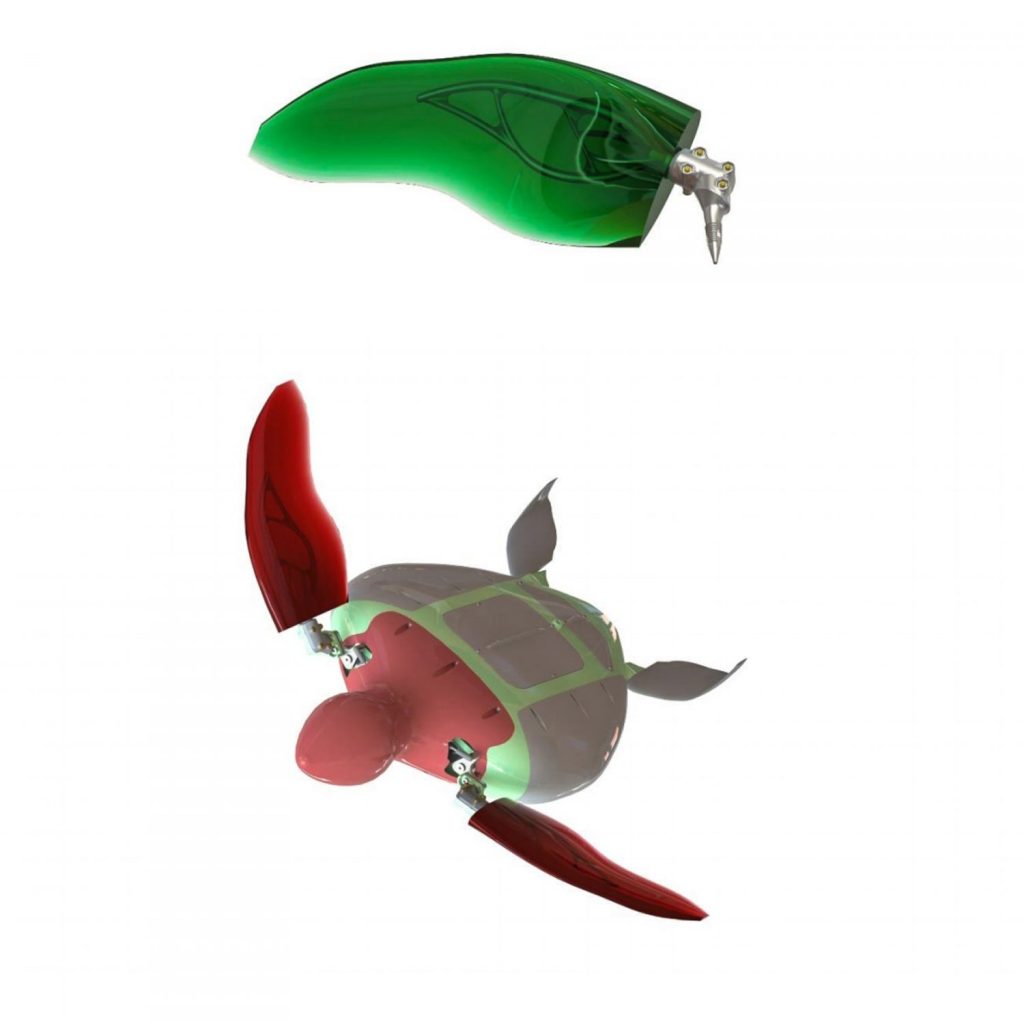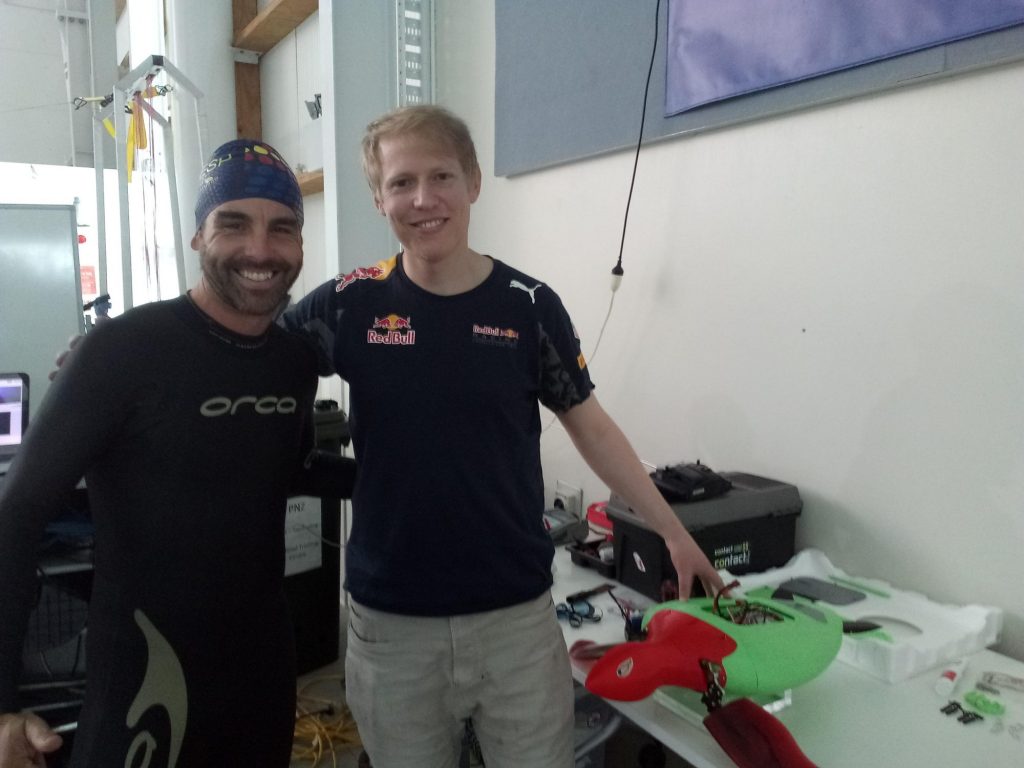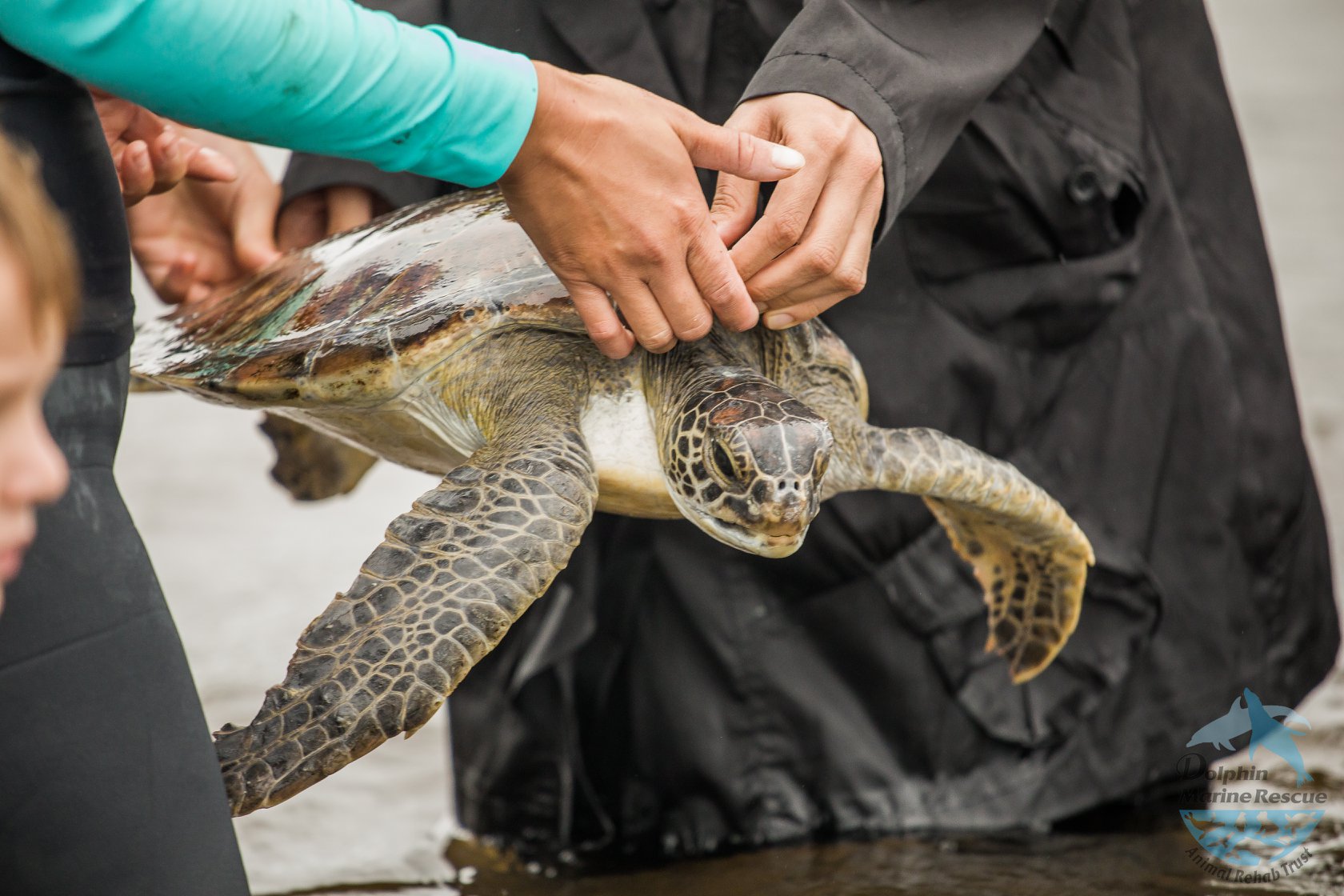A Prosthetic Flipper to Give Injured Sea Turtles a Second Chance
When Nick van der Geest was a child, he dreamt of having a pet sea turtle. That didn’t happen, but his love for the marine reptile endured. Now, the PhD candidate has designed a prosthetic flipper that he hopes will be adopted by vets around the world. Using mathematical models and robotics, Nick created a flipper made of rubber and titanium that has the potential to increase the chance of survival for injured sea turtles. Coastbeat caught up with Nick to find out how he did it.
The threats faced by sea turtles are well documented but what’s being done to turn the tide? New Zealand based design engineer Nick van der Geest is working with research group BioMd at the Auckland University of Technology on an innovative project aimed at assisting turtles injured in fishing nets or collisions with boats. Nick has developed, tested and manufactured a flipper prosthetic to help turtles swim on their own again.
“One of the first steps was working out exactly how sea turtles use their flippers,” Nick explains. “I used a series of detailed photographs that other researchers had taken of the animals moving through the water and was able to then develop mathematical models.”

Nick’s next task was to determine whether or not an alternative flipper shape would be more efficient. However, nature’s design proved to be the most effective.
“In the beginning I wondered if I could get away with a simpler shape,” he says. “But I discovered turtles’ original flipper shape is 200-300% more efficient!”
The prosthetic flipper itself is made from polyurethane rubber while the other components are 3D printed using titanium. Nick says titanium is used for its strength and durability and also because it is rarely rejected by the bodies of humans and animals.
“A stem with a thread gets screwed into the bone,” Nick explains. “It gives a bit of stability as the implant is healing inside the turtle and the bone is able to grow into the stem.”

Nick was unable to test his prosthetic flipper on live sea turtles until he could prove that it would do what he’d predicted. How to get over such a hurdle? Build a robot, of course! Comparing computer simulations of a turtle with the implant swimming through water and video footage of the robot turtle swimming in the university’s pool (using special motion capture cameras used to analyse the performance of Olympic athletes), Nick was able to predict how fast the robot could swim with the prosthetic flipper with an acceptable error of seven per cent.
“I was then given permission to test on injured turtles in Spain and one called Vivo is currently participating,” Nick explains.
While he would like more sea turtles to be part of the trial, Nick must wait for injured animals that are the right size for the implants he has made.
“Normally you’d receive the injured turtle, measure it and then make an implant to fit,” Nick says. “It’s really important that the implant matches them perfectly.”

It’s hoped that Nick’s creation will one day be manufactured in vet clinics all over the world. The proliferation of 3D printers will continue to put the prosthetic flipper within reach of veterinarians, so he plans to open-source the designs and make the information and processes fully available. Nick’s design has been well received and widely popular but as testing progresses, he will continue to refine it.
Nick may not have the pet sea turtle he once dreamt of, but he’s channeled that affection into an innovative project that is ensuring the chances of survival for injured marine reptiles.
Would you like to contribute to the protection of the ocean’s majestic mammals? Find out about the Gowings Whale Trust here.


